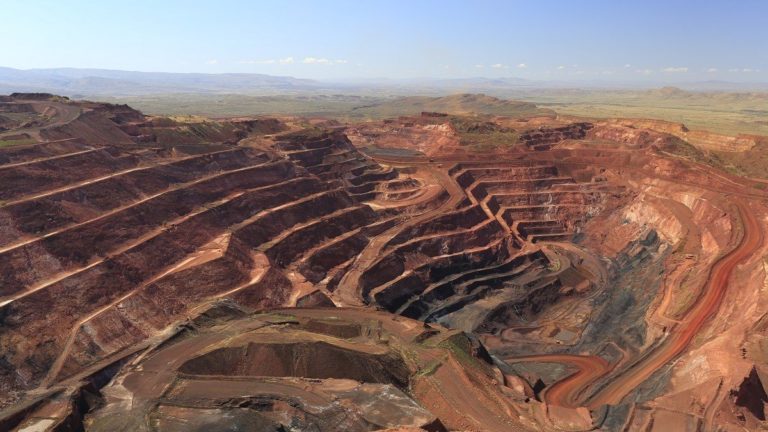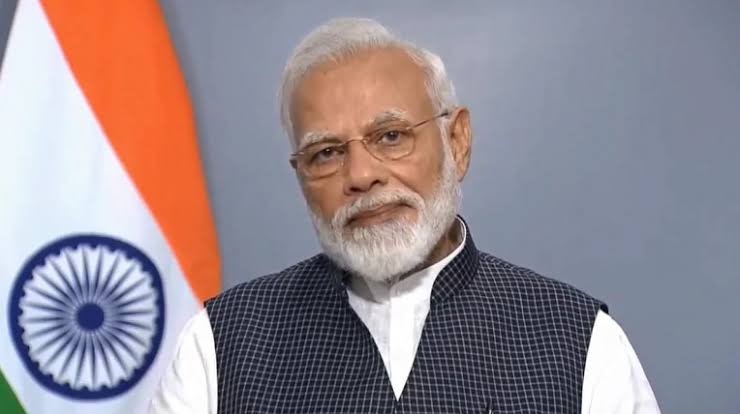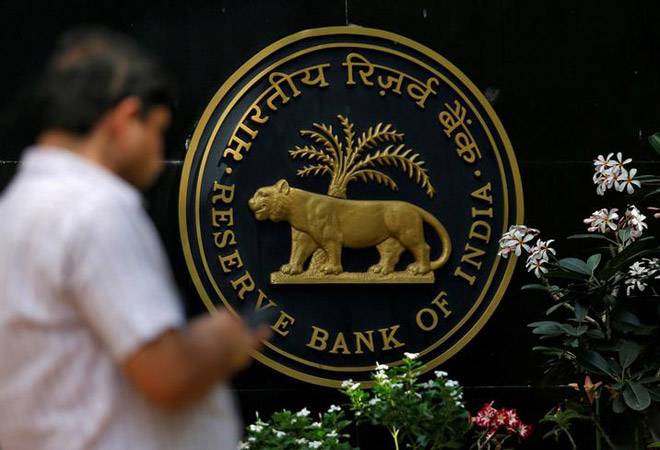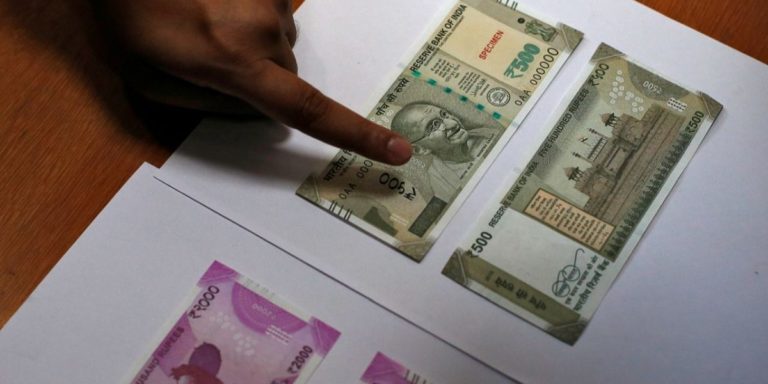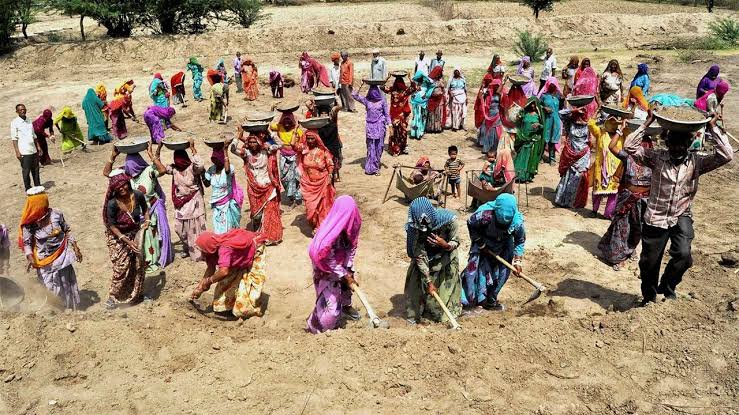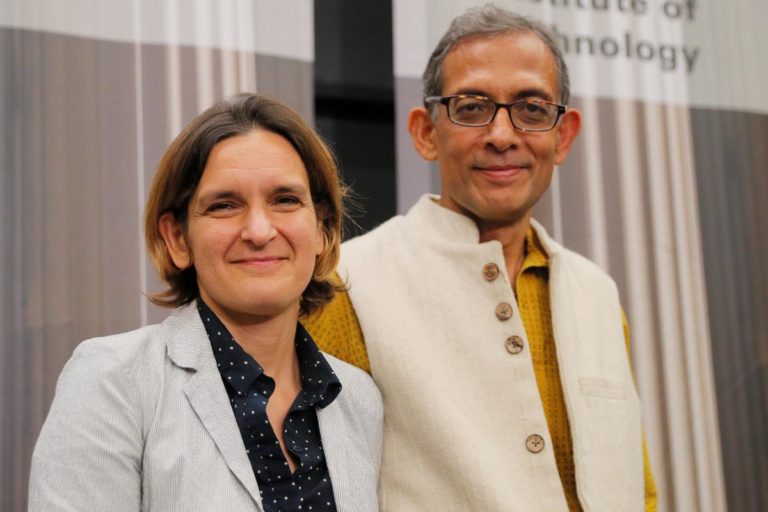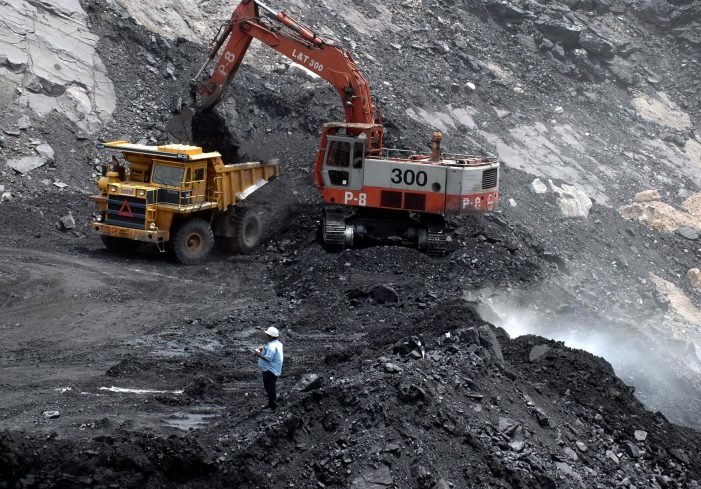Jharkhand: Where Is the Mineral Wealth Going?
Subodh Varma According to various estimates, Jharkhand has 40% of the country’s mineral resources. It has 27.3 per cent of India’s coal reserves, 26 per cent of iron ore, 18.5 per cent copper ore, besides having deposits of uranium, mica, bauxite, granite, limestone, silver, graphite, magnetite and dolomite. It also has large quantities of…
